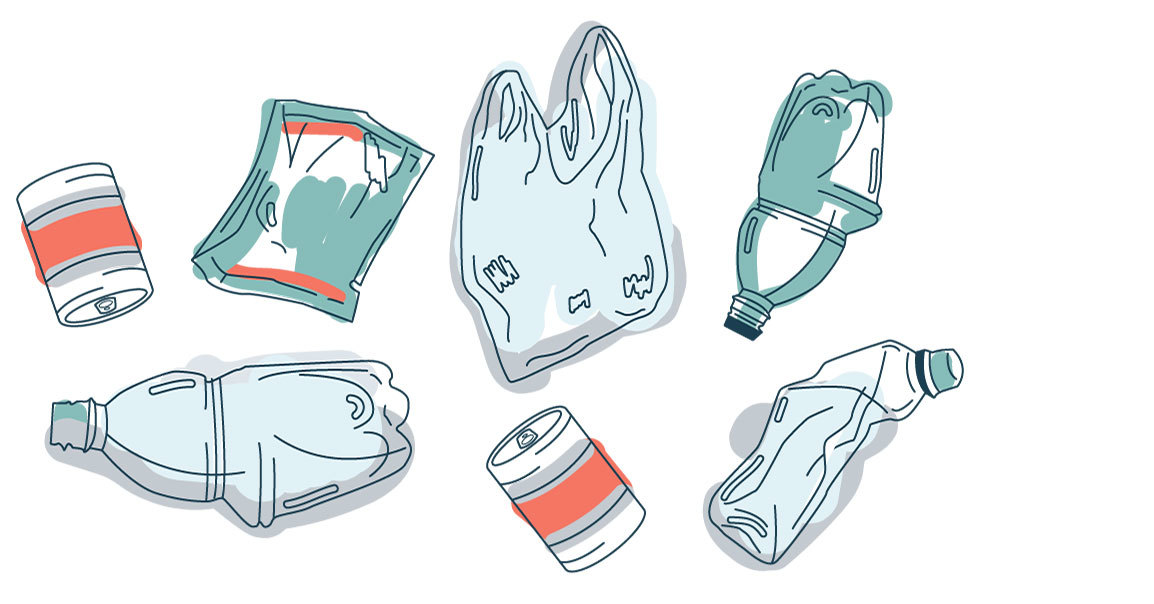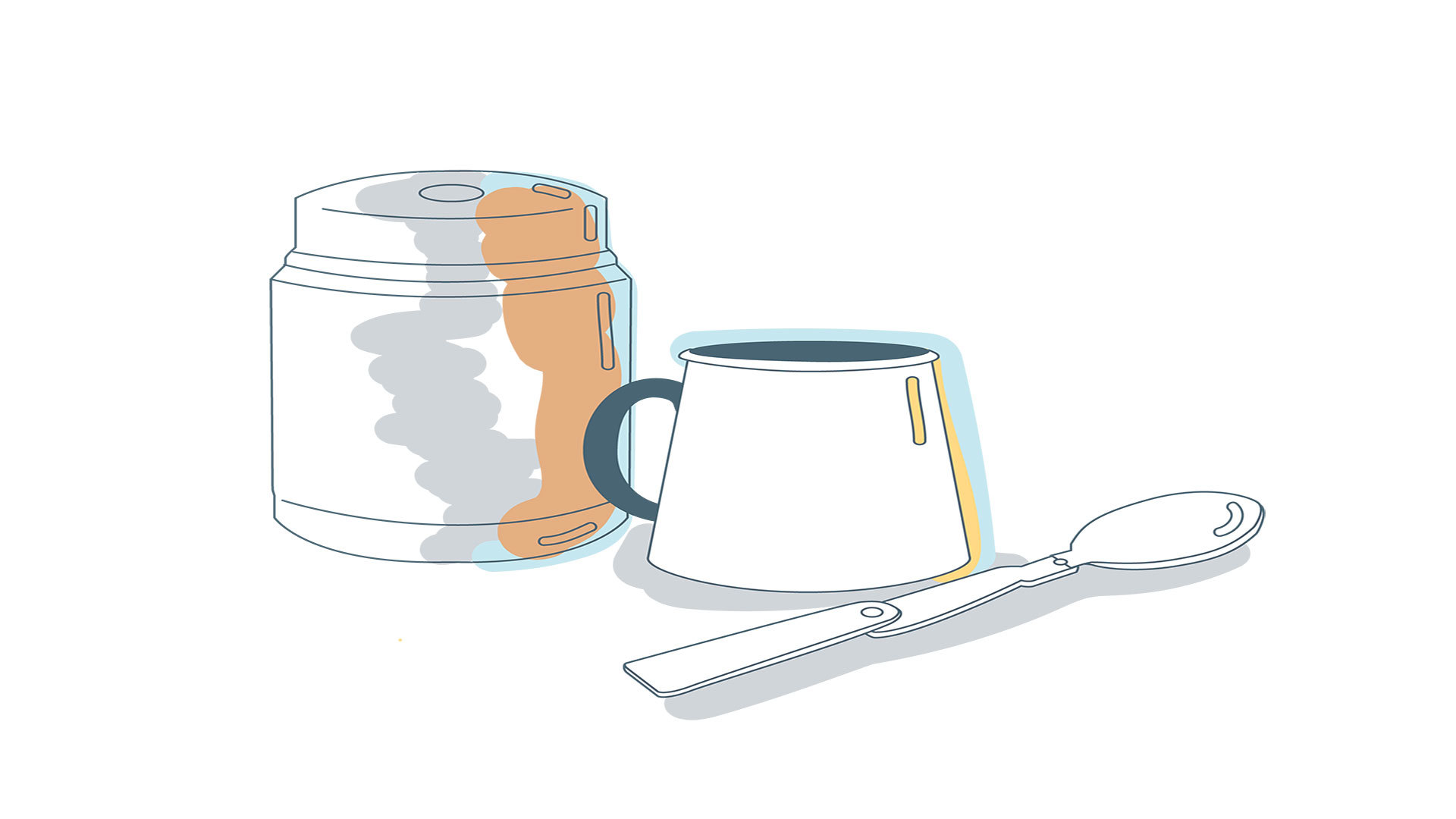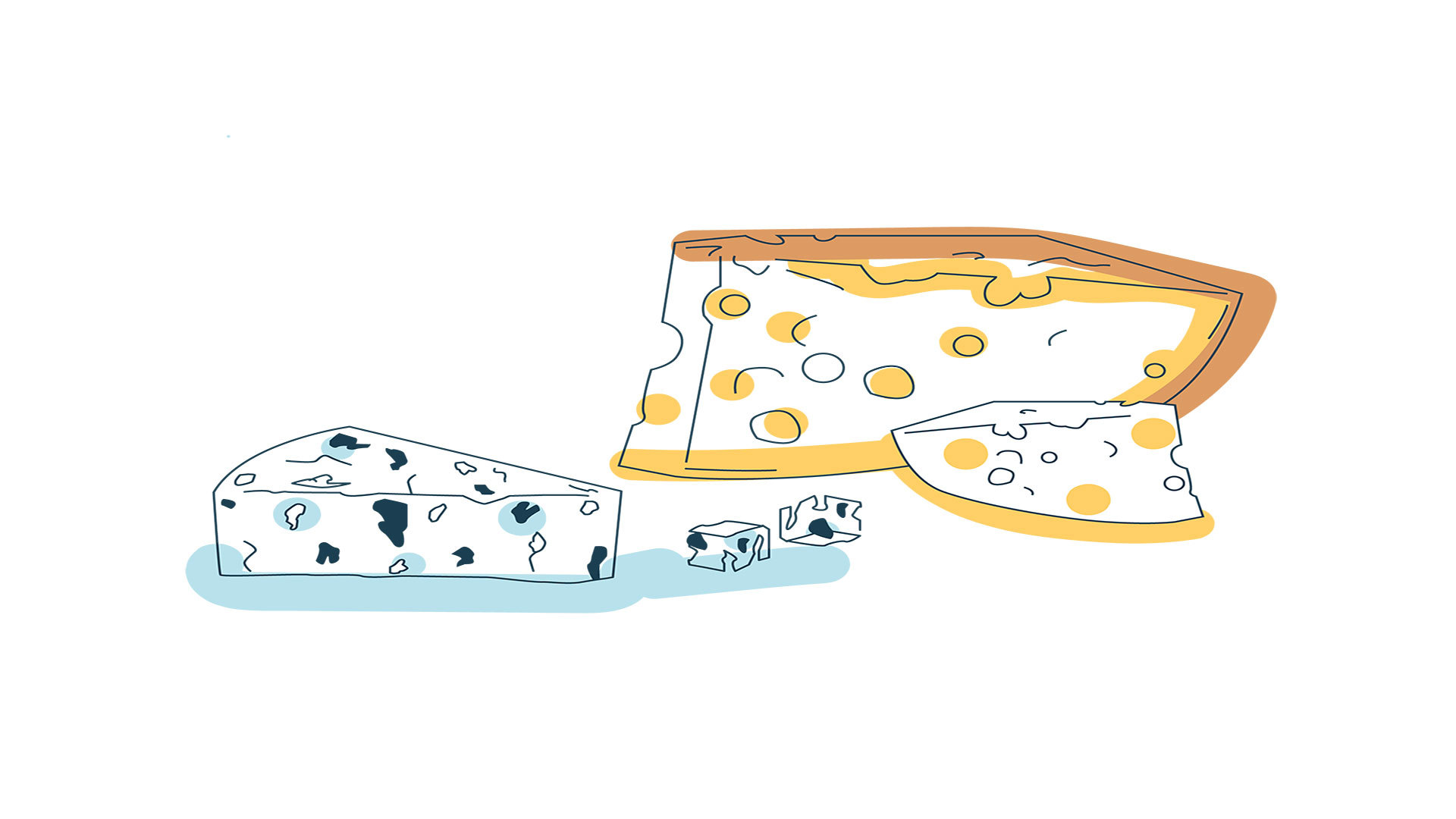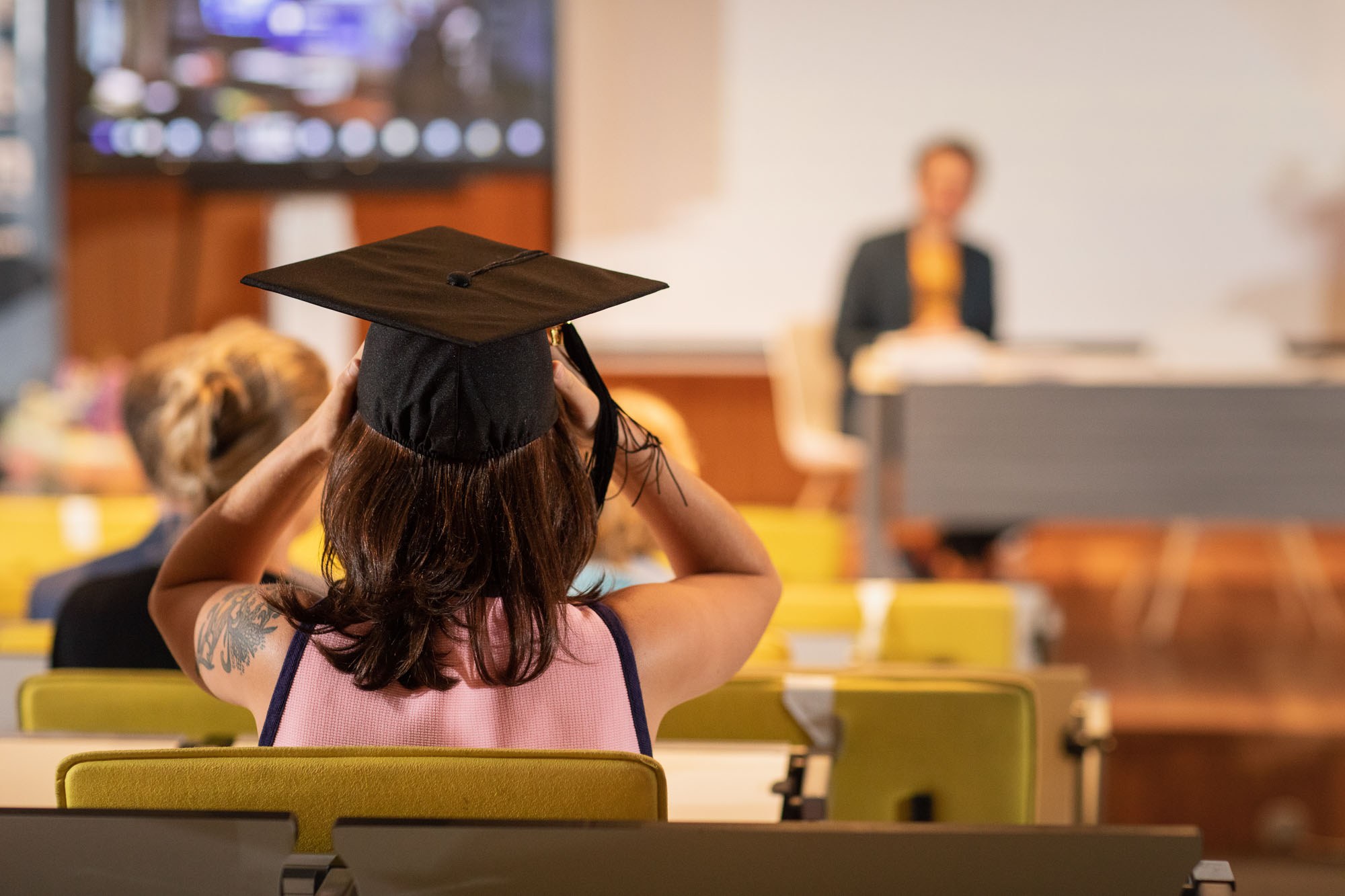Routines are Settled; Frustrations are Not: Week 2

Students Katy Barnard and Yes de Jong share their month-long zero-waste experience in a series of five blogs published throughout April.
By week two, we’ve grounded the basic rules. But that is not to say it’s become easier. Cravings for certain foods that use plastic packaging are an issue. And asking shop staff to use our own containers instead of theirs is still not really the norm.
This was week two.

Katy: I am fighting a system that will never change.
With limited options, I have become creative with the non-wasteful tools I have. My soup thermos is my new best friend. With its removable cup-shaped top and foldable spoon, it comes in handy everyday. I use it for soup (obviously) but also for tea, carrying croquetes from the school canteen, storing leftovers for lunch and filling it with rice at the bulk grocery store. Plus, the spoon has proven to be the most useful utensil for any meal. It turns out we don’t need that many different utensils or tools. We just need more versatile products and a bit more imagination.
By this time, I have found my resourceful rhythm. In addition to my thermos, I also keep a reusable produce bag with me at all times for grabbing a snack on the go. The highlight of my week was finally finding yogurt in a jar, and the disappointment of the week was having to buy toilet paper packaged in plastic.
I miss tofu. I miss veggie burgers. I miss meat, which is strange because I don’t generally buy it anyway.
I am enjoying being creative in the ways that I purchase and transport products, but I am also getting tired. I miss the culture of convenience that plastic brought to the world. I miss potato chips the most (that's crisp for you Brits out there). Every trip to the grocery store takes much more time and effort. I am spending more money because the waste-responsible products are generally the highest quality. Though it would be nice, I don’t always need hand-picked, organic, free-range, pesticide-free products. As a student, I mostly go for the cheapest option, which is most usually wrapped in plastic.
My lack of nutrients is hitting me this week, too. The majority of my protein is coming from overpriced bulk cashews and beans from a jar. I miss tofu. I miss veggie burgers. I miss meat, which is strange because I don’t generally buy it anyway. This is frustrating because it shows that the food industry does not yet have a sustainable consumer packaging solution for these sorts of products. It is a big barrier to becoming zero-waste. My lack of nutrients and variety persuaded me into way too many restaurants this week in order to make up for the gap. But I recognize that going out to eat is just ignoring the problem: out of sight, out of mind.

Yes: I feel like I’m an obstacle to others.
On week two, I started preparing myself by buying some reusable grocery bags, extra food containers and collecting glass jars. When I suddenly got hungry at the train station, I felt embarrassed to ask the employee to put the food in my small bag. Standing there in line with people rushing to get their food and catch their train, I felt that I was an inconvenient factor.
I realize that the world outside my world is a big scary thing, and hard to change. I guess it doesn’t help being in a bubble of sustainably minded people. During lunch, my classmates often bring home-made meals and we own (almost zero waste) coffee and tea facilities at the programme’s studio . However, being in need of a snack is unavoidable.
I started baking my own loafs of bread and tortilla wraps. (...) This felt very rewarding and I felt more connected to the food I ate.
It frustrated me that it is hardly possible to buy any dairy, cheese, milk, and butter as everything is wrapped in plastic. After some research, I found out that there is milk in glass bottles but only at limited organic shops. utter and cheese is only available at the farmers’ market, in limited amounts, and for a higher price. Grating a big block of Gouda cheese for my already poorly filled lasagna was nearly impossible, and left me helpless.
By the end of this week, I noticed that I had already built the habit of carrying my own bags and cutlery with me. On top of this, I started baking my own loafs of bread and tortilla wraps. As baking is one of my favourite activities, this felt very rewarding and I felt more connected to the food I ate, which enhanced the overall experience. I noticed that it was not so much the time it took to make it, but mostly the need for planning that was adding to its success. I felt like I might even be able to keep this up a bit more.
Note: For this experience, Yes and Katy have set out strict ground-rules: use of own reusable containers as much as possible; no plastic packaging at all (if you have to, must reuse twice); glass is allowed and preferred; cans are allowed if glass is not available; paper packaging is tolerated but preferably not. The no-waste month took place pre-quarantine times, in February.
All illustrations by Yes de Jong

